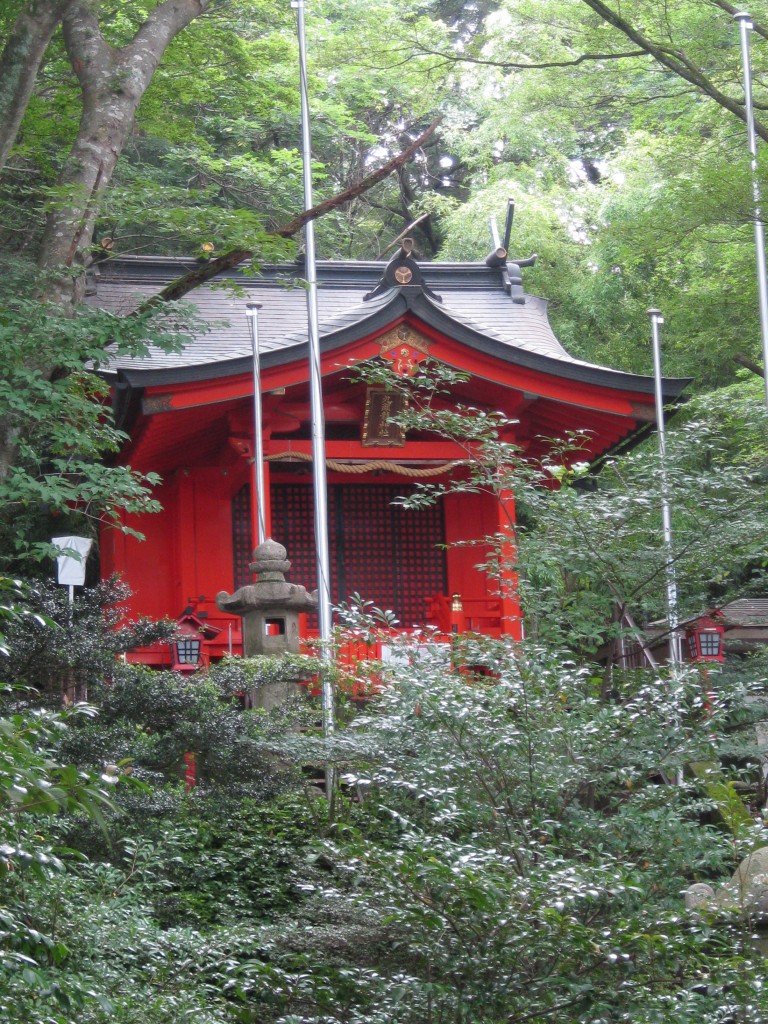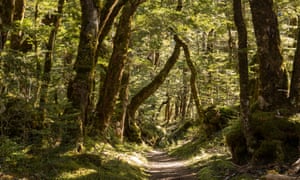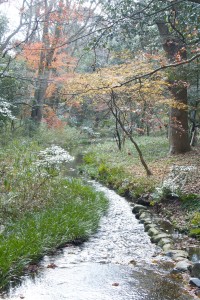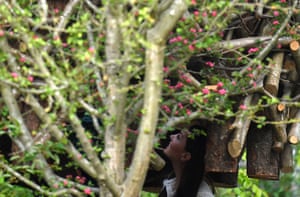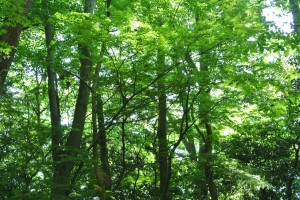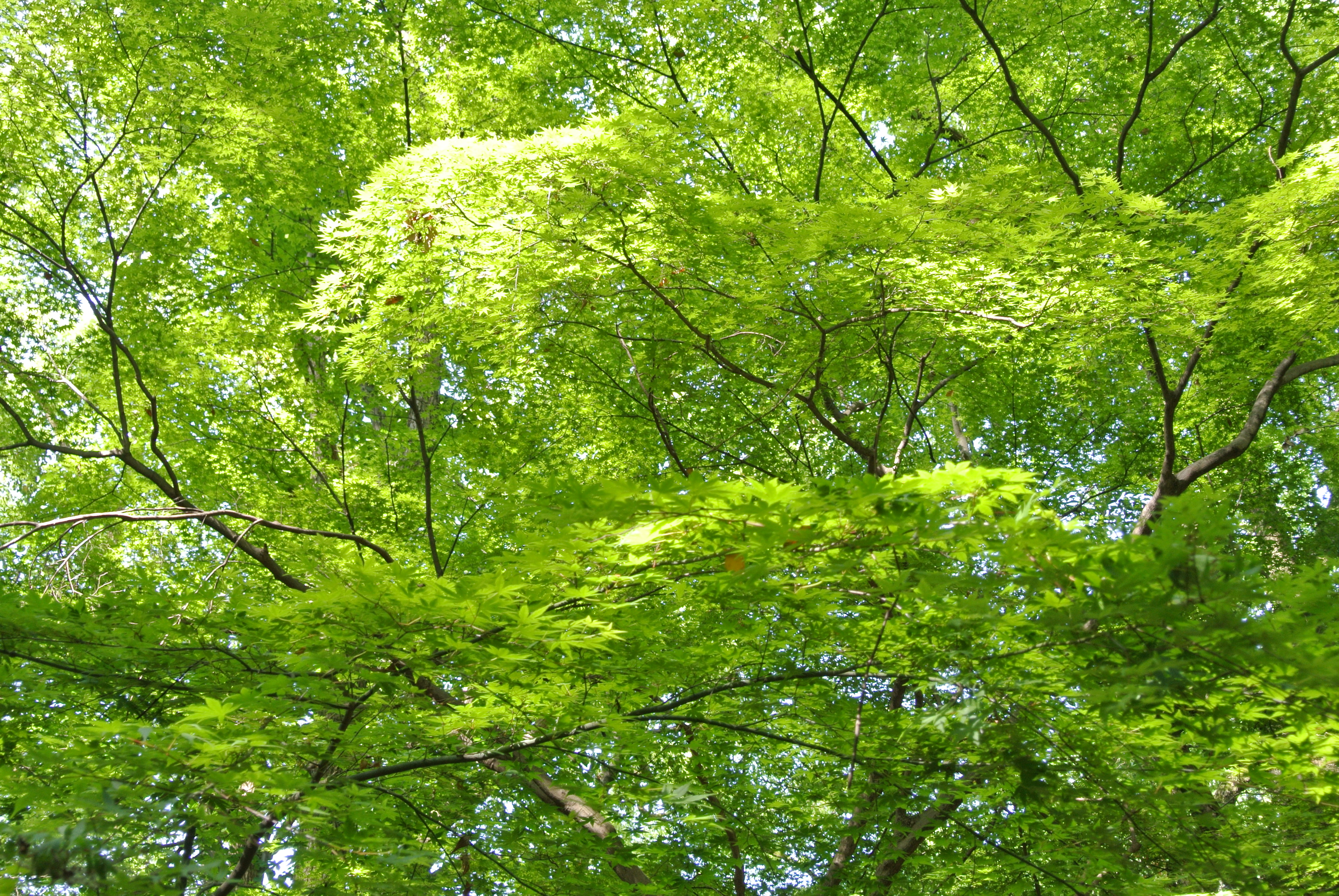News has come of an exciting new project on the American mainland, which will certainly be of interest to Green Shinto readers and may even be inspirational for those considering their own shrine (hokora) projects. Watch this space for further posts about the development of the project, for its final outcome is yet to be determined. Here is the public announcement by the group…
***********************
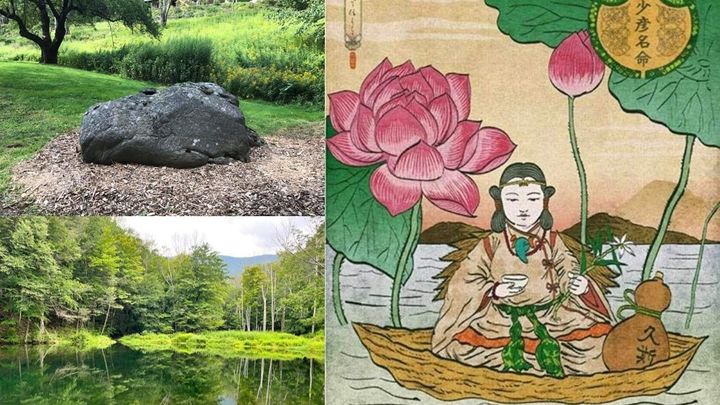
Welcoming Sukunabikona, the shinto deity of “medicine” and “fermentation” in the Catskill area in upstate New York
Our mission is to bring the beauty of Japanese culture, cuisine, and tradition to the US and the Catskill Mountains of the Hudson Valley, where we are blessed to be surrounded by incredible natural beauty. One of our prime objectives is to promote good health through fermented foods. We feature a fermented beverage called Omiki- which comes from Okinawa and Amami Oshima. In addition
to a restaurant and shop featuring dishes and items made with Omiki and other ferments, we hold workshops to teach how to make and enjoy this traditional health-promoting beverage.
Another offering is the ancient therapy, “mugwort steaming”, which is said to enhance health and beauty. Mugwort, known as the queen of the herbs, grows in abundance in this region. We combine this powerful medicinal plant with other native plants to customize steams for our clients. The full body herbal steam allows naturally occurring beneficial microbes to be absorbed externally and internally to enhance the microbiome, and thereby promote health and wellness.
We also add “Makomo” to our mix- a sacred medicinal plant that is a relative of wild rice from Izumo in Shimane prefecture, where it is known as “the grass where the gods reside”. Makomo is filled with vitamins, minerals, fiber, and silicon. It is known for its ability to cleanse and purify water- in nature and in our bodies, and is used as both food and medicine.
Our goal is to promote health and wellness of the planet and its inhabitants through Japanese tradition and knowledge of plants and fermentation.
Now we are also embarking on a project to introduce the deity Sukunabikona to the beautiful Catskills.
It is said that the story of Issumboshi is based on Sukunabikona. According to the legend, though small in stature, Sukunabikona had many powers – and worked alongside Ookuninushi to create the land, and is known to be a god of healing, agriculture, plant medicine, sake, fermentation, micro-organisms, hotsprings, and magic. We believe that this deity will be of great ally for us here in the Catskills.
We are collaborating with Dr. Seiji Yamamoto (a practitioner and representative of Aiko-ryu Kiko Seitai in Japan) to locate the perfect place to welcome and house the deity. He will travel from Japan to conduct the ritual to invite the deity to reside in the new home, and we are grateful that he has been very supportive of this project.
This project will serve as a bridge between Izumo – a land known for its many deities – and the Catskills. It is our hope that the creation of a shrine for Sukunahikona-no Mikoto will offer spiritual support and many benefits for the Japanese and local communities in the area, and that it will become a “power spot” for those who strive to bring harmony to the planet.
Recently the perfect location for the project was found within the beautiful grounds of Menla in Phoenicia, NY. Menla is a retreat facility and a renowned spa surrounded by pristine mountain forest which were revered as sacred place by its natives, the Esopus and Mahicans. Menla operates under the wing of Tibet House in NYC, and it has committed to bring peace and spiritual awakening through their offerings. Their welcoming attitude to bring the shinto deity, Sukunabikona has been very moving. Menla’s grounds and its land are open to the public, and visitors who wish to pay homage to Sukunabikona are welcome anytime.
Our wish is to have many people participate in this project. All proceeds will go towards this project. Please enter your information on our mailing list to receive updates on the project. We appreciate your support from the bottom of our hearts.
Thank you for reading until the end.
Sincerely,
Friends of bringing Sukunahikona to the Catskills
Corporate sponsors:
● Oh Mammy LLC
● Kannon Herbs and Steam LLC
● Menal / Tibet House US
● Tanma! Ramen Tavern
● Bon Odori Dance Festival for Peace

